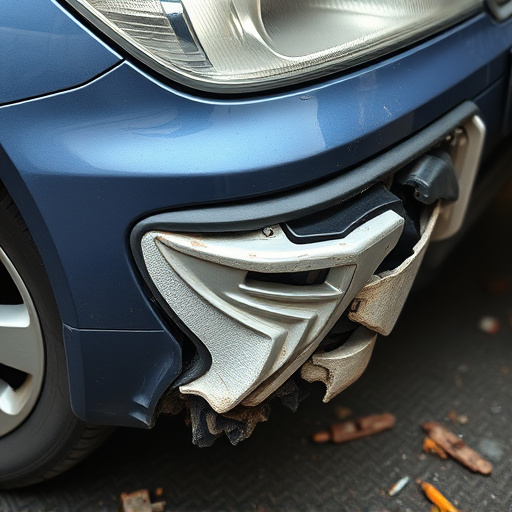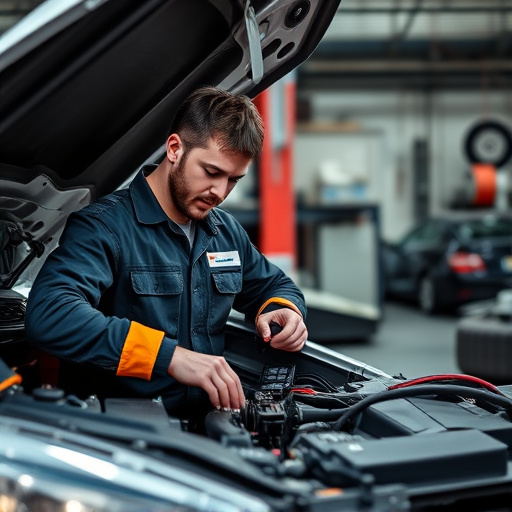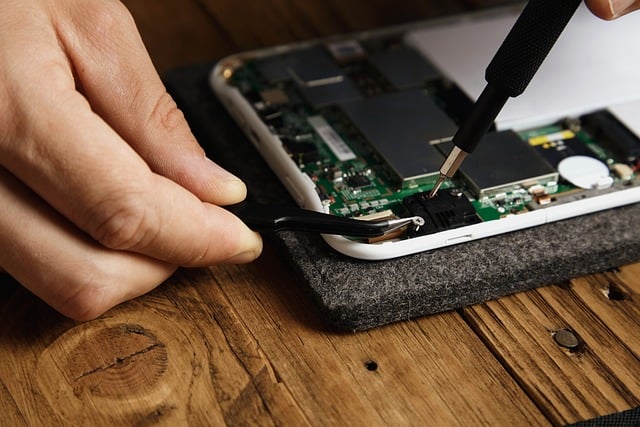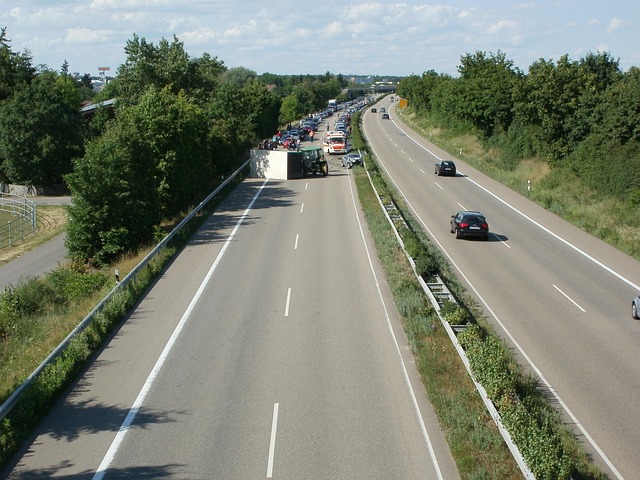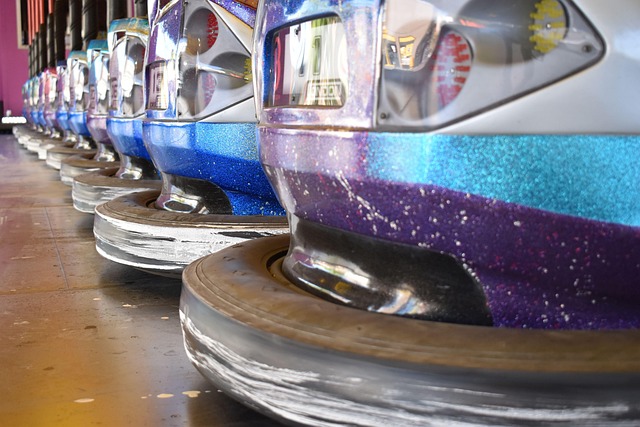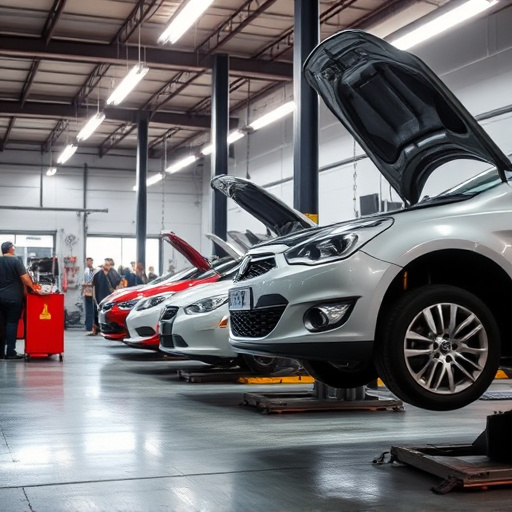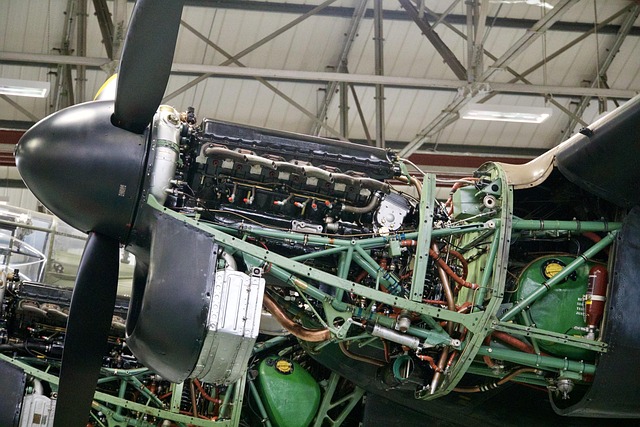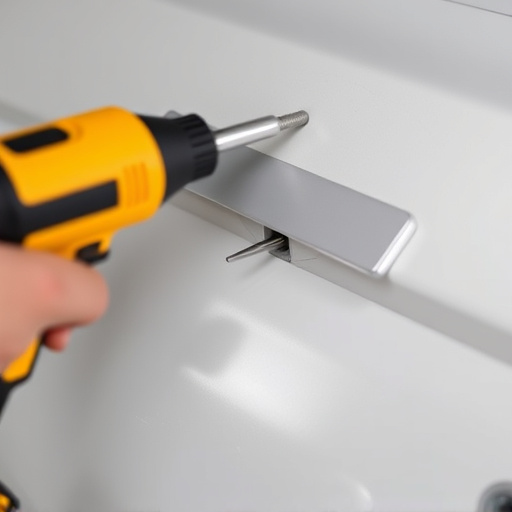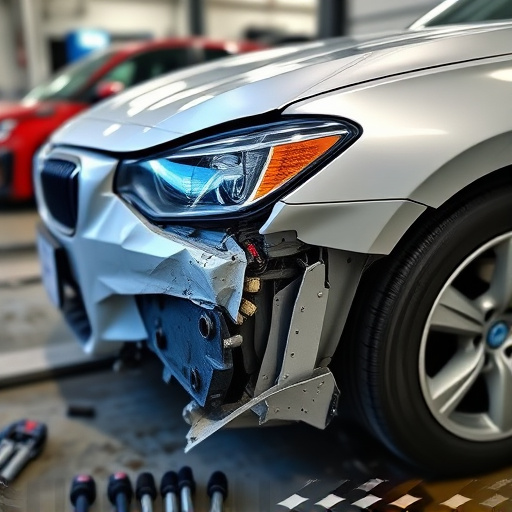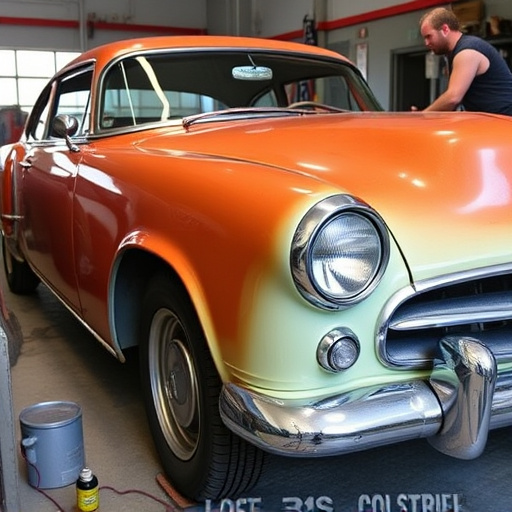The integration of Artificial Intelligence (AI) into repair documentation services is transforming automotive collision repair and body shop management, enhancing accuracy, efficiency, and quality through machine learning algorithms. AI tools automate information extraction from estimates and work orders, reducing manual effort and errors. Computer Vision (CV) and ML technologies detect and classify defects in real-time, improving data capture for informed decision-making during vehicle restoration. AI algorithms also analyze damage against databases to speed up issue identification, particularly in complex cases like paintless dent repair, but require extensive datasets for training. Despite challenges, AI promises significant improvements in repair documentation services for better efficiency, accuracy, and customer service.
“Discover how Artificial Intelligence (AI) is transforming the landscape of repair documentation services, enhancing accuracy and efficiency. This article explores the pivotal role of AI in revolutionizing photo documentation for repairs, leveraging Computer Vision and Machine Learning techniques. We delve into the benefits, such as improved consistency and reduced human error, while also addressing challenges like data quality and bias. By embracing AI, repair professionals can elevate service quality, ensuring more accurate and reliable documentation.”
- The Role of AI in Repair Documentation Services
- Enhancing Accuracy with Computer Vision and Machine Learning
- Benefits and Challenges: AI's Impact on Repair Photo Documentation
The Role of AI in Repair Documentation Services
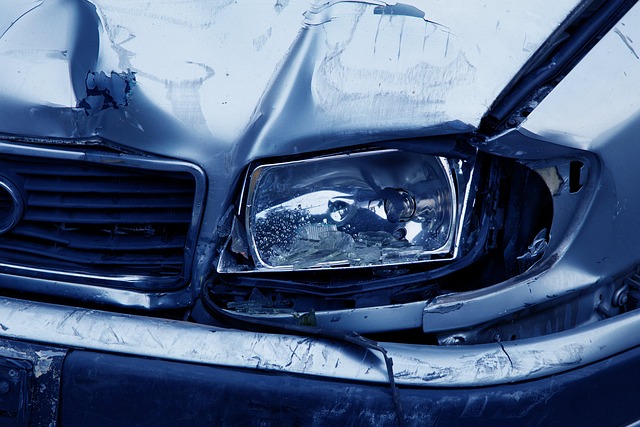
The integration of Artificial Intelligence (AI) into repair documentation services is transforming the way automotive collision repair and body shop services are managed. AI-powered tools are designed to enhance accuracy, efficiency, and overall quality in document creation and data analysis. These tools can automatically extract and record critical information from repair estimates, work orders, and invoices, reducing manual effort and minimizing errors.
By leveraging machine learning algorithms, AI systems can recognize and categorize various components, parts, and damage types, ensuring precise documentation of collision repair processes. This level of automation not only saves time but also improves the consistency of records, which is crucial for insurance claims processing, customer service, and quality control in body shop services.
Enhancing Accuracy with Computer Vision and Machine Learning

The integration of Computer Vision and Machine Learning (CV/ML) technologies is significantly enhancing the accuracy of repair documentation services. By leveraging AI algorithms, these services can now automatically detect and classify defects with remarkable precision, eliminating human error and subjectivity from the process. This not only speeds up the documentation process but also ensures consistent and detailed records.
For instance, in auto collision repair or bumper repair scenarios, CV/ML models can analyze images to identify minor dents, scratches, and paint inconsistencies with high accuracy. This real-time analysis allows repair professionals to capture comprehensive data, making vehicle repair services more efficient and effective. The use of AI ensures that every repair is accurately documented, providing a clear picture of the damage and facilitating better decision-making during the restoration process.
Benefits and Challenges: AI's Impact on Repair Photo Documentation
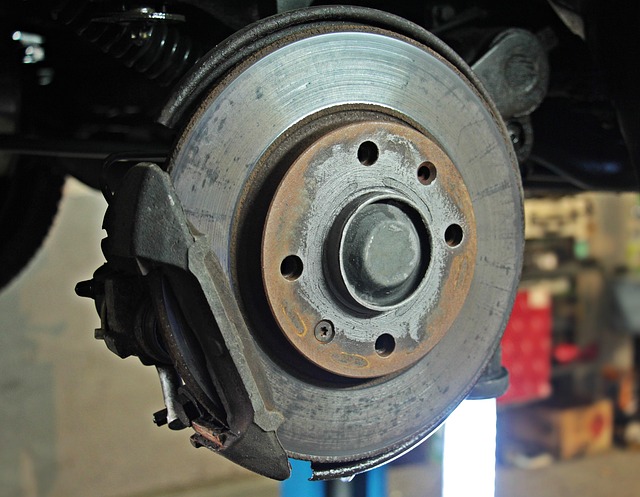
The integration of Artificial Intelligence (AI) into repair photo documentation services has brought about a significant transformation in the auto industry. One of the key benefits is enhanced accuracy and efficiency. AI algorithms can analyze and compare damage with pre-existing databases, enabling faster and more precise identification of issues. This technology is particularly useful for complex cases, such as paintless dent repair, where minute details matter. It streamlines the documentation process, ensuring every aspect of auto body restoration is accurately captured and recorded.
However, challenges remain. Training AI models requires vast datasets, which can be time-consuming and labor-intensive to prepare. Additionally, while AI excels at pattern recognition, it may struggle with novel or unique damage cases not present in its training data. Human expertise remains crucial for validating and refining AI outputs, especially in auto dent repair where context and visual nuances play a significant role. Despite these challenges, the potential of AI in improving repair documentation services is undeniable, promising to revolutionize how auto body shops document and track repairs, ultimately benefiting customers through more efficient and accurate service.
AI is transforming the landscape of repair documentation services by significantly enhancing accuracy and efficiency. Techniques like computer vision and machine learning enable automated analysis of repair photos, identifying defects and damage with remarkable precision. While challenges remain, including data quality and model bias, the benefits are undeniable. AI promises to streamline processes, reduce human error, and ultimately improve customer satisfaction in repair operations, making it a game-changer in the industry.
